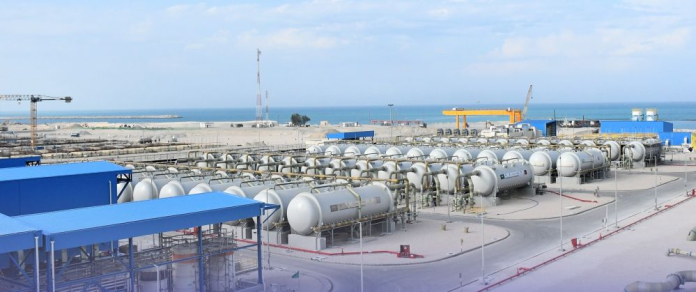The Jubail–Buraydah independent water transmission pipeline project will be one of the largest water transmission projects in Saudi Arabia.
Global law firm DLA Piper has advised the Saudi Water Partnership Company (SWPC) on the successful close of the Jubail–Buraydah independent water transmission pipeline project, with a total project value of approximately $2.2bn.
The project, which includes the development of a 587km pipeline, connecting the eastern province of Jubail to the city of Buraydah (in the Qassim region), will be one of the largest water transmission projects in the Kingdom. Developed under a 35-year build-own-operate-transfer (BOOT) model, the pipeline, once complete, will have the capacity to transfer approximately 650,000 cubic meters per day of drinking water, enhancing water security for more than two million citizens.
DLA Piper’s role in the project builds on its work with the SWPC across its independent sewage treatment plant and independent water project programmes. The firm has previously advised on landmark projects, including the first IWTP project, Rayis–Rabigh, and the first independent strategic water reservoir project, Juranah.
The completion of this project reinforces the firm’s leading capabilities in project finance and sectoral capabilities and knowledge, enabling it to structure and deliver complex, large-scale infrastructure projects that support the objectives of key initiatives, such as the National Water Strategy 2030 and Saudi Vision 2030.
The DLA Piper team was led by Adam Haque, a Dubai-based partner in the firm’s projects practice, part of the finance practice, who was supported by a team from the firm’s Dubai and Riyadh offices.
Commenting on the project, Haque said: “This landmark project will transform the way water is supplied to millions of citizens across the region. Developed through the BOOT model, the project is a key example of how the kingdom is increasing the use of public-private partnership financing for critical infrastructure that aligns with the Saudi Vision 2030. The successful close of this project is another example of how our cross-border teams can support clients with notable and complex projects.”


















